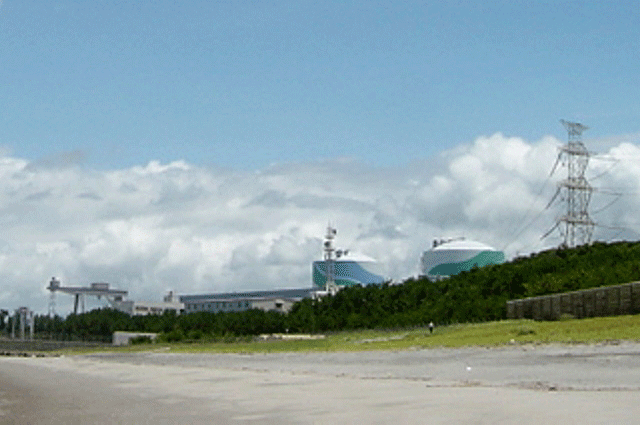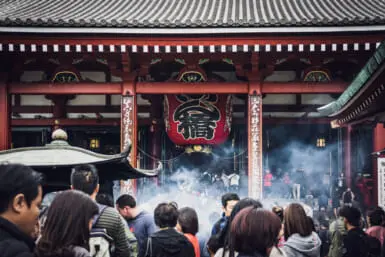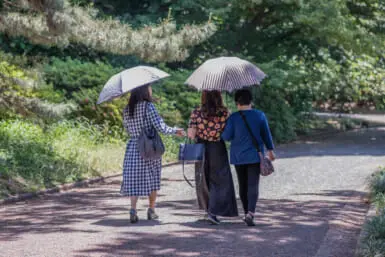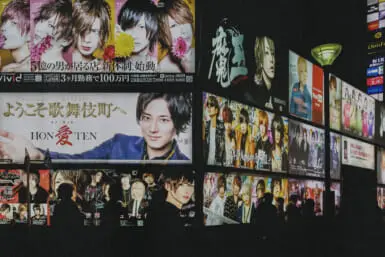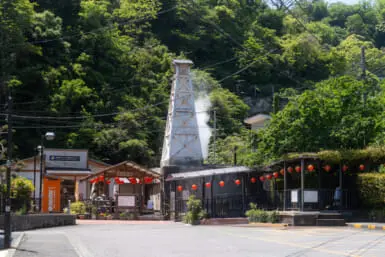Japan’s government is pressing ahead with nuclear power production, despite lingering public resentment and widespread damage left in the wake of 2011’s Fukushima reactor disaster.
The BBC reports that Kyushu Electric Power has restarted its Sendai nuclear plant in southwestern Kagoshima Prefecture this morning. It will be the first Japanese reactor to go online in nearly two years, following stricter operation regulations that led to the gradual shutdown of all the nation’s plants, in response to the 2011 Fukushima triple meltdown that became the world’s worst nuclear disaster in a quarter of a century. Officials say the Kagoshima plant exceeds the new, more strident standards. Prime Minister Shinzo Abe made further pledges to ease the public’s fears, saying on Monday that “I would like Kyushu Electric to put safety first and take utmost precautions for the restart,” adding that the new plant holds up to “the world’s toughest safety screening.”
According to The Christian Science Monitor, the recent lack of nuclear energy has led to a 20 percent spike in home utility costs, while the Wall Street Journal adds that Japan has now resorted to a staggeringly disproportionate dependence on Middle Eastern fossil fuels, sourcing 90 percent of its oil and gas from that region. Abe has long insisted that such expensive imports will continue to hamper the Japanese economy, and that nuclear power is needed to wean the nation off those costly fossil fuels and regain its monetary and energy independence. The BBC also notes that the return to nuclear power is part of Abe’s plan to cut Japan’s growing CO2 emissions.
Several environmentalists are far more skeptical. Germany Greenpeace nuclear specialist Shaun Burnie told The Guardian that the Abe administration is “disregarding fundamental principles of nuclear safety and public health protection. The same players in the ‘nuclear village’ that delivered Japan the Fukushima Daiichi tragedy in 2011 are attempting to kick-start nuclear power again.”
Many residents near the soon-to-be active plant have been even more vocal in their concerns. Ryoko Torihara, who has coordinated an anti-nuclear protest campaign with her fellow Satsumasendai locals, was quoted as saying the government “won’t conduct a poll of local people because they’re scared of the result. They’re aware that Japan has fared perfectly well without nuclear power for almost two years.”
The government’s nuclear practices have raised similar ire in other regions. A recent New York Times article detailed the Abe administration’s push to cleanup the Fukushima disaster site and relocate citizens of Iitate back to the homes they needed to abandon after the nearby 2011 meltdown. While some of those locals are relieved to return, others have been as adamantly opposed as their Satsumasendai counterparts. One former farmer, named Kenichi Hasegawa, has founded a similar activist group to Torihara’s, comprised of 3000 demonstrators—nearly half of Iitate’s pre-meltdown population. He told the Times: “If the national officials think it is so safe, then they should come and live here. The government just wants to proclaim that the nuclear accident is over, and shift attention to the Olympics.”
In an even bolder move—considering the low success rates of such suits in Japan—10,000 Iitate locals have served the government with 20 class-action lawsuits for the greater compensation needed to help them afford homes away from the disaster site. Many of them accuse the government of being “coercive” in its recent decision to cut off support payments that have allowed them to temporarily live away from the region beset by radiation.
Protestors from other parts of the country have also joined the cause. Tokyo resident Yoshiharu Ogawa ventured to Satsumasendai to join protestors. The Guardian said he was one of the many hoping to prove Japan’s nuclear resurgence was not “inevitable,” before quoting him as saying: “We will do all we can to stop it. The local authorities may have approved the restart, but they are completely out of touch with public opinion.”
—Kyle Mullin
Image: Wikimedia Commons, used under CC

